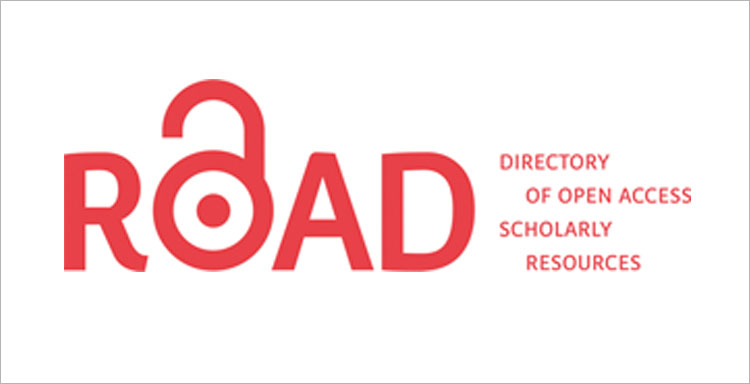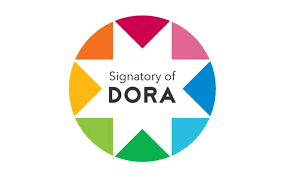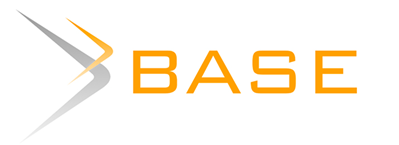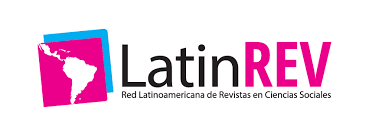Arduino prototype for temperature measurement automation in freshwater shrimp farming: Huaquillas case.
DOI:
https://doi.org/10.56124/sapientiae.v7i15.012Keywords:
Shrimp farming, automation, temperature measurement, prototype.Abstract
The present investigation has been developed with the purpose of providing a technological solution in shrimp farming in the city of Huaquillas - Ecuador, shrimp production in captivity is a farming activity carried out in an aquatic environment, which with technological help seeks the development of shrimp for human consumption and at the same time, avoids the great economic losses suffered by this productive sector, as a result of multiple diseases that affect their farms, among which we have diseases produced by the untimely temperature variations in the farming pools. In order to achieve this, environmental conditions must be adequate to guarantee the survival, production and good cultivation of shrimp. A prototype was developed to record temperature in freshwater shrimp ponds. This device constantly monitors the environmental conditions and emits sound alerts and text messages in case of detecting variations outside the optimum parameters. The importance lies in the contribution to the automation of the temperature measurement process in a shrimp farm, reducing the dependence on the human factor in the process and increasing the frequency and precision of control and monitoring, it can be concluded that the automation of the temperature measurement process in freshwater shrimp farms represents a significant advance in the aquaculture industry.
Downloads
References
Banco Central del Ecuador. (2023). Información Estadística Mensual. https://contenido.bce.fin.ec/documentos/PublicacionesNotas/Catalogo/IEMensual/Indices/m2051012023.html
Hernandez, R., Fernandez, C., & Baptista, M. del P. (2010). Metodología de la investigación. In Metodología de la investigación. https://doi.org/- ISBN 978-92-75-32913-9
Lalangui, M., Eras, R., & Burgos, J. (2017). Costos de Producción: Estimación y Proyección de Ingresos. In Journal of Chemical Information and Modeling (Vol. 53, Issue 9).
Lizarzaburu, G. (2017). El camarón de Ecuador, un modelo sustentable. 03-10-2017. https://www.expreso.ec/economia/economia-camaron-ecuador-modelo-sustentable-HA1741988
Malavé, J., & Sánchez, M. (2010). “CARACTERIZACIÓN Y PROPUESTA TÉCNICA DE LA ACUICULTURA EN EL SECTOR DEL CANTÓN HUAQUILLAS.”
Martínez, J. (2017). Análisis técnico y financiero para la producción de dos tamaños de camarón (16 y 25 g) en El Oro, Ecuador.
Molina, S. (2019). Prototipo de una placa controladora en Arduino de monitoreo el ambiente de las piscinas para producción de camarones.
Naciones Unidas Organización de Desarrollo Industrial. (2017). SECTOR CAMARONERO GUÍA DE RECURSOS EFICIENTES Y PRODUCCIÓN MÁS LIMPIA GUÍA DE RECURSOS EFICIENTES Y PRODUCCIÓN MÁS LIMPIA | 3-SECTOR CAMARONERO. www.unido.org.
Organización de las Naciones Unidas para la Agricultura y la Alimentación. (2020). El estado mundial de la pesca y la acuicultura 2020 (Dirección de Infromación de la FAO (ed.)). https://books.google.com.ec/books?hl=es&lr=&id=isDXUmo7h-sC&oi=fnd&pg=PR12&dq=FAO+crianza+de+camarones+agua+dulce&ots=0mS-KEZu4-&sig=SalZoepqHl2eZBylDjyquMIlBPk&redir_esc=y#v=onepage&q=FAO crianza de camarones agua dulce&f=false
Pérez Garcia, A. O., & Rodríguez Lavayen, M. F. (2016). Estudio de caso del procesos de la toma y registro de pesaje manual frente a un sistema automatizado aplicado a una Empresa Camaronera. http://repositorio.ug.edu.ec/handle/redug/20349
Pintado, D. (2018). Camaroneras registradas y aprobadas. http://www.acuaculturaypesca.gob.ec/wp-content/uploads/2018/04/ACTUALIZA_CAMARONERAS_27ABRIL2018.pdf
Ulloa, R. F. (2015). EL EFECTO DE DOS PORCENTAJES DE RECIRCULACIÓN DE AGUA EN EL CULTIVO DE CAMARÓN (Litopenaeus vannamei). http://repositorio.utmachala.edu.ec/bitstream/48000/1464/7/CD531_TESIS.pdf
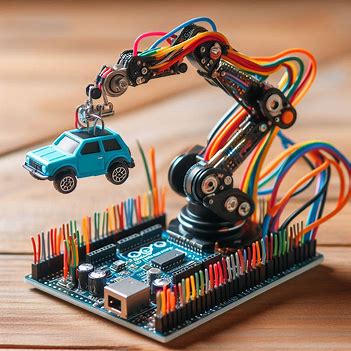
Published
How to Cite
Issue
Section
License
Copyright (c) 2024 Revista Científica Multidisciplinaria SAPIENTIAE. ISSN: 2600-6030.

This work is licensed under a Creative Commons Attribution-NonCommercial-ShareAlike 4.0 International License.
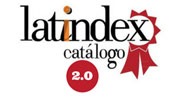
2.jpg)


